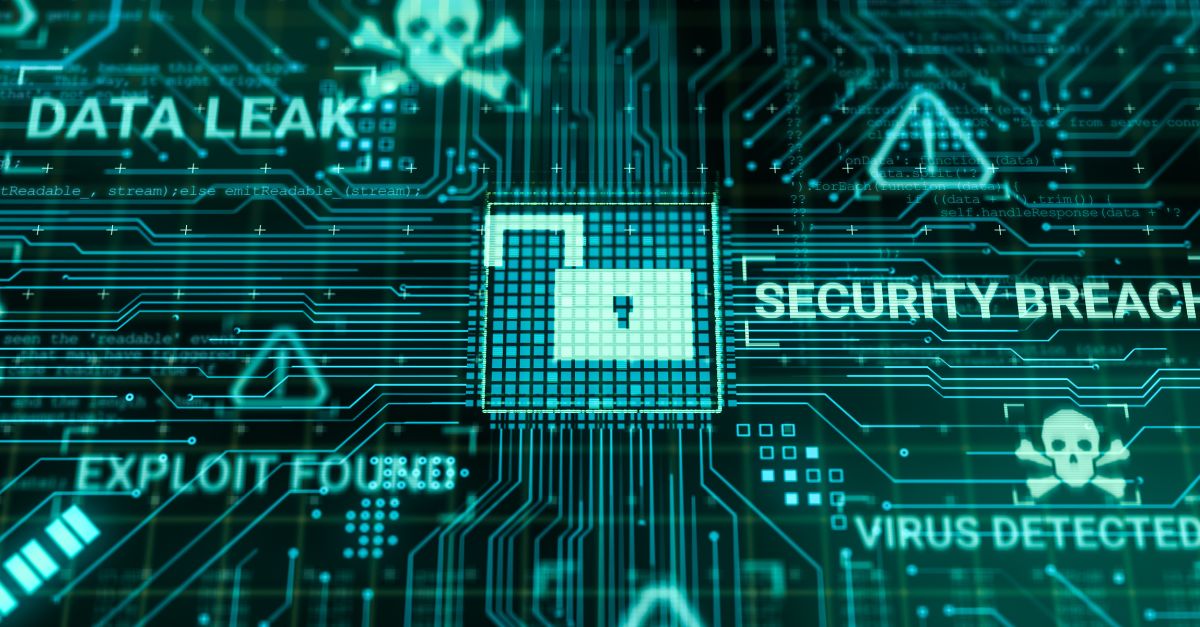Cybersecurity is a critical concern for businesses of all sizes. With cyber threats evolving rapidly, it’s essential for organizations to ensure their employees are well-equipped to recognize and respond to potential security risks.
Every employee is part of the first line of defense against cyber threats, and so employee education is paramount. Human error is the leading cause of cybersecurity breaches, and to mitigate that, it’s important to provide your workforce with the knowledge and skills needed to maintain a secure digital environment.
Employees are an Organization’s First Line of Defense Against Cyber Threats – Training Should Include:
1. Understanding the Basics of Cybersecurity
2. Developing a Comprehensive Training Program
3. Implementing Effective Training Methods
4. Promoting a Cybersecurity Culture
5. Monitoring and Evaluating Training Effectiveness
Empowering Your Workforce for a Secure Digital Future
Employees are an Organization’s First Line of Defense Against Cyber Threats
Employees play a pivotal role in maintaining cybersecurity. They are often the first to encounter potential threats, making their awareness and vigilance critical. Human error is a significant factor in many cyber incidents, with a large percentage of breaches being due to employee error. By understanding their role in cybersecurity, employees can help prevent breaches and protect the organization’s assets. With an understanding of cybersecurity threats, employees are then prepared for further training and can move on to something more comprehensive.
1. Understanding the Basics of Cybersecurity
Cybersecurity refers to the practice of protecting systems, networks, and programs from digital attacks. These cybercrimes are usually aimed at accessing, changing, or destroying sensitive information, extorting money from users, or interrupting normal business processes. Understanding the basics of cybersecurity is crucial for all employees, as it helps them to recognize potential threats and take appropriate actions to mitigate risks. For instance, human errors such as mishandling digital certificates or failing to update software can lead to significant vulnerabilities.
Common cyber-threats to businesses include:
- Phishing: Deceptive attempts to obtain sensitive information by pretending to be a trustworthy entity
- Malware: Malicious software designed to damage, disrupt, or gain unauthorized access to computer systems
- Ransomware: A type of malware that encrypts a victim’s files and demands a ransom to restore access
- Social Engineering: Manipulating individuals into divulging confidential information
2. Developing a Comprehensive Training Program
Implementing a training program is the first step in establishing cybersecurity best practices, but there are some things to keep in mind. Before developing a training program, it’s essential to assess your organization’s specific cybersecurity needs. This involves conducting a thorough risk assessment to identify key areas of vulnerability. Understanding the unique risks your organization faces will help tailor the training program to address these specific challenges effectively.
A one-size-fits-all approach to cybersecurity training is often ineffective. Instead, customize the training based on the roles and responsibilities of your employees. For example, IT staff may require more technical training, while general employees might benefit from learning how to recognize phishing attempts. Incorporate real-world scenarios and examples to make the training more relatable and impactful.
Key components to consider include:
- Role-Specific Training: Tailor content to the specific needs and responsibilities of different employee groups.
- Real-World Scenarios: Use examples and case studies to illustrate potential threats and appropriate responses.
- Interactive Elements: Include quizzes, simulations, and hands-on activities to engage employees and reinforce learning.
Through a comprehensive and tailored training program, businesses can ensure that their employees are well-prepared to handle cybersecurity threats, ultimately strengthening the organization’s overall security posture.
3. Implementing Effective Training Methods
Interactive workshops and seminars are excellent ways to engage employees. These sessions provide hands-on learning experiences, allowing employees to practice identifying and responding to threats in a controlled environment. Topics to cover include password management, recognizing phishing attempts, and safe internet practices. Additionally, addressing common human errors such as poor incident response times can significantly improve overall security.
Online training modules offer flexibility and convenience, making it easier for employees to complete training at their own pace. These modules can be accessed anytime, anywhere, and can be tailored to different learning styles. Gamifying training can also help ensure employees are actually engaged with what they’re learning by bringing an interactable aspect that demands a level of critical thinking.
Conducting regular simulated cyber-attacks (such as phishing attacks) is another practical way to test employees’ ability to recognize and respond to phishing attempts. These simulations help identify areas where additional training may be needed and reinforce the importance of vigilance. Key steps include:
- Designing realistic scenarios
- Analyzing results
- Providing constructive feedback to employees on their performance
4. Promoting a Cybersecurity Culture
Encouraging continuous learning is crucial. Employees should stay updated on the latest threats and best practices through regular updates and newsletters, access to online resources, and advanced training opportunities. Without regular education on threats, there’s an increased chance employees will make errors. This can lead to issues in areas like certificate management, where changes in validity dates that employees are not aware of could lead to expired or misconfigured certificates, causing security breaches. This ongoing education helps maintain a high level of awareness and preparedness.
It’s also essential to have a culture of communication. Employees should feel comfortable reporting suspicious activities without fear of repercussions. Promote collaboration between IT and other departments to ensure a unified approach to security. Establish clear reporting channels, encourage team collaboration, and recognize and reward employees who demonstrate strong cybersecurity practices.
Through these practices, businesses can empower their employees to be proactive in protecting the organization’s digital assets. This not only enhances security but also fosters a sense of responsibility and ownership among employees.
5. Monitoring and Evaluating Training Effectiveness
To ensure your cybersecurity training program is effective, it’s essential to track progress and compliance. Use metrics and Key Performance Indicators (KPIs) to measure the success of your training initiatives. Tools such as learning management systems (LMS) can help monitor employee participation and completion rates. Regularly review these metrics to identify areas where additional training may be needed.
Employee feedback is invaluable for refining your training program. Conduct surveys and feedback sessions to gather insights into the effectiveness of the training as well as areas for improvement. Use this feedback to make necessary adjustments and keep the training content relevant and engaging. Additionally, stay informed about new cybersecurity threats and update your training materials accordingly.
Empowering Your Workforce for a Secure Digital Future
Cybersecurity is a critical concern for businesses of all sizes. Training employees to recognize and respond to cyber threats is essential for maintaining a secure digital environment. Through employee training to reduce human error, businesses can significantly reduce the risk of cyber incidents. Human errors, whether from IT staff or general employees, can range from mishandling digital certificates to poor incident response times, all of which can be mitigated through proper training and automation solutions.
Investing in comprehensive cybersecurity training not only enhances security but also fosters a sense of responsibility and ownership among employees. To stay secure, work to give your workforce the knowledge and skills needed to protect your organization’s data and assets.








